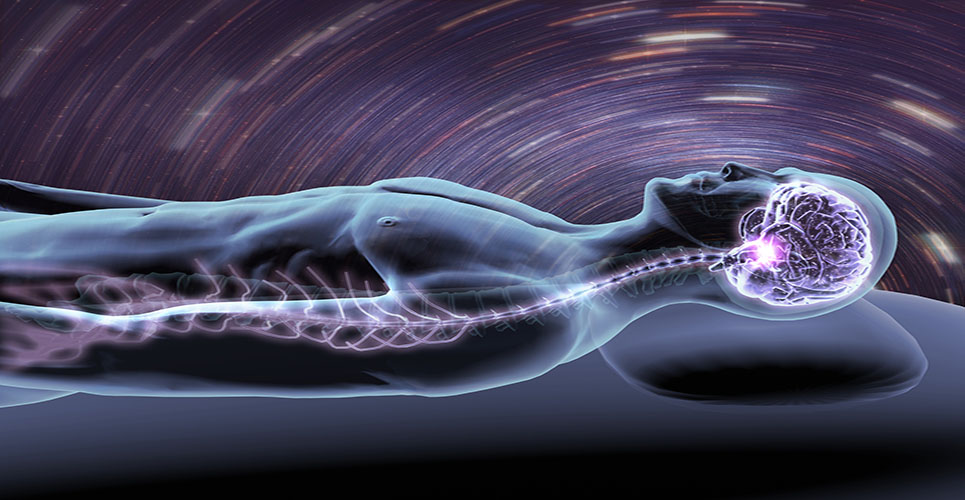teaser
Cystic fibrosis (CF) results from various defects in the cystic fibrosis transmembrane conductance regulator (CFTR) protein channel.(1–4) CF arises from mutations in the CFTR gene, which can affect either the quantity or the function of the CFTR protein channel.(1,3,4) Of the mutations that result in a gating defect, the G551D mutation is the most common.(5) Until recently, all other available therapies only addressed the consequences of disease.(2)
Targeting the underlying G551D gating defect in the CFTR protein
Kalydecot (ivacaftor 150mg tablets) is indicated for the treatment of CF in patients six years and older who have a G551D mutation in the CFTR gene.(6) It treats the underlying cause of CF in these patients, and improves CFTR function by increasing the probability of the channel opening.(6)
Kalydeco, the first approved agent to reduce sweat chloride levels, delivers rapid and sustained improvement in lung function irrespective of baseline FEV1, with a 10.6% (adolescent–adult study) and 12.5% (child study) increase in absolute FEV1 versus placebo through 24 weeks.(6–9) Kalydeco also reduces the risk of exacerbations by 60% through week 24 (adolescent–adult study) and improves other respiratory symptoms.(6–9) Kalydeco significantly improves weight and body mass index (BMI), with a gain of 2.8kg (adolescent–adult study) and 1.9kg (child study) more versus placebo at 24 weeks.(6–9)
Similar incidence of adverse events to placebo
In the two phase III trials, the overall side effect profile of Kalydeco was comparable to placebo.(6,7) The most common adverse reactions experienced by patients in clinical trials were abdominal pain, diarrhoea, dizziness, rash, upper respiratory tract reactions, headache and bacteria in sputum.(6)
Conclusions
Kalydeco is the only approved CF therapy to target the underlying G551D gating defect.(6) It provides rapid and sustained improvement in lung function, reduces exacerbations and improves other respiratory symptoms, and significantly improves weight gain and BMI, with a similar incidence of side effects as placebo.(6–9)
References
- Rowe SM et al. Cystic fibrosis. N Engl J Med 2005;352(19):1992–2001.
- Moskowitz SM et al. Clinical practice and genetic counseling for cystic fibrosis and CFTR-related disorders. Genet Med 2008;10(12):851–68.
- Zielenski J. Genotype and phenotype in cystic fibrosis. Respiration 2000;67(2):117–33.
- MacDonald KD et al. Cystic fibrosis transmembrane regulator protein mutations: ‘class’ opportunity for novel drug innovation. Paediatr Drugs 2007;9(1):1–10.
- Van Goor F et al. Pharmacological rescue of mutant CFTR function for the treatment of cystic fibrosis. Top Med Chem 2008;3:91–120.
- Kalydeco. Summary of Product Characteristics.
- Ramsey BW et al. VX08-770-102 Study Group. A CFTR potentiator in patients with cystic fibrosis and the G551D mutation. N Engl J Med 2011;365(18):1663–72.
- European Medicines Agency. European Public Assessment Report (EPAR) on Kalydeco™ 2012; Committee for Medicinal Products for Human Use (CHMP), EMA/473279/2012.
- Data on file. Vertex Pharmaceuticals Incorporated;2011.

